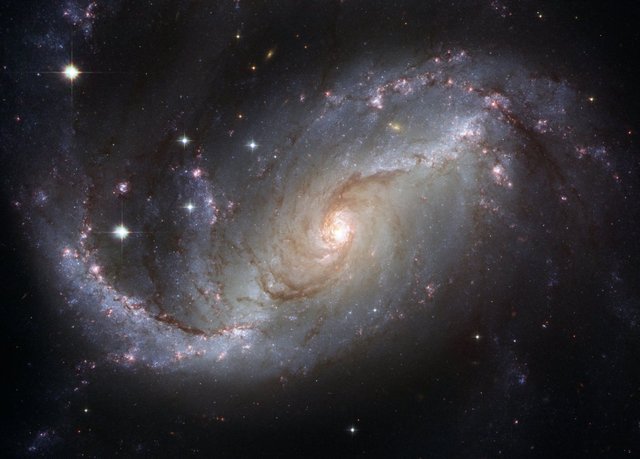Hello guys, it's @pasaift.
Looking up at the night sky, I begin to wonder if it's this same stars I gaze upon that our ancestors (first man) saw also and whether there have been new addition or deductions. These thoughts prompt my topic for today.
A star’s life expectancy depends on its mass. Generally, the more massive the star, the faster it burns up its fuel supply, and the shorter its life. The most massive stars can burn out and explode in a supernova after only a few million years of fusion. A star with a mass like the Sun, on the other hand, can continue fusing hydrogen for about 10 billion years. And if the star is very small, with a mass only a tenth that of the Sun, it can keep fusing hydrogen for up to
a trillion years, longer than the current age of the universe. Now onto the question: how do stars die?
How Do Stars Die?
Answering the question, "how do stars die?" also depends on its mass. The
most massive stars quickly exhaust their fuel supply and explode in core-collapse supernovae, some of the most energetic explosions in the universe. A supernova’s radiation can easily (if only briefly) outshine the rest of its host galaxy. The remnant stellar core will form a neutron star or a black
hole, depending on how much mass remains. If the core contains between 1.44 and 3 solar masses, that mass will crush into a volume just 10 to 15 miles wide before a quantum mechanical effect known as neutron degeneracy pressure prevents total collapse.
The exact upper limit on a neutron star mass isn’t known, but around 3 solar
masses, not even neutron degeneracy pressure can combat gravity’s inward crush, and the core collapses to form a black hole.

Credit
Average stars with up to 1.44 solar masses, such as the Sun, face only a slightly less exotic fate. As they run out of hydrogen to fuse in their cores, they swell into red giant stars before shedding their outer layers. The remnant left behind in these planetary nebulae is a white dwarf star. Like neutron stars, white dwarfs no longer fuse hydrogen into helium, instead depending on degeneracy pressure for support — this time, the electrons are degenerate, packed together and forced into higher energy states, rather than the neutrons.
Very informative post @pasaift, I really did enjoy reading it. Keep up the good work!
Downvoting a post can decrease pending rewards and make it less visible. Common reasons:
Submit
Thanks for reading
Downvoting a post can decrease pending rewards and make it less visible. Common reasons:
Submit